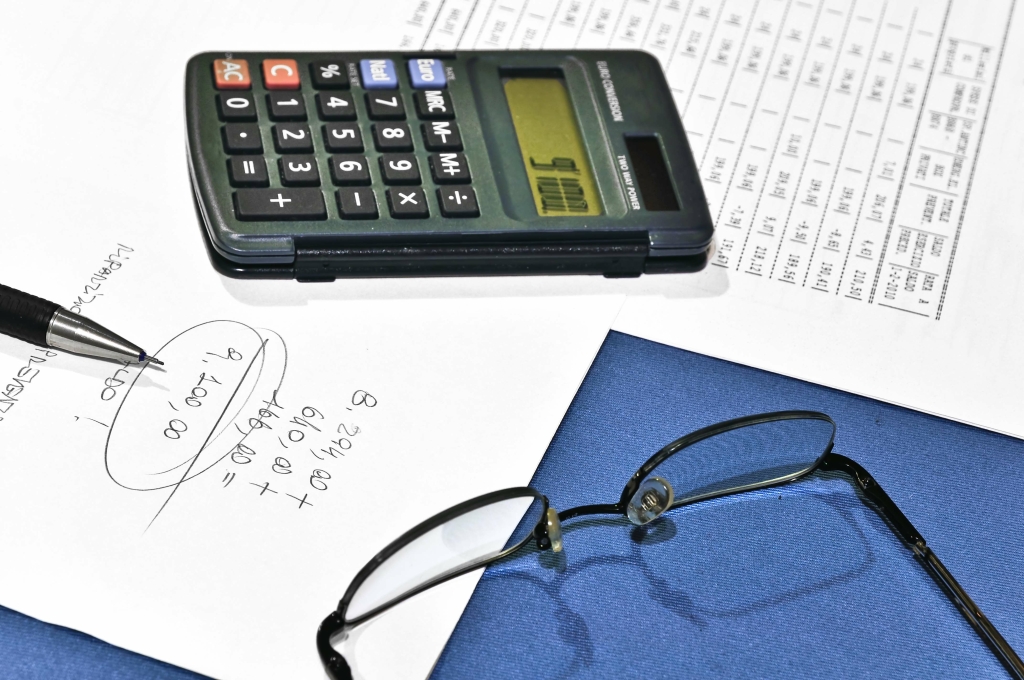Balance Sheet Definition & Examples Assets = Liabilities + Equity

Short-term, or current liabilities, are liabilities that are due within one year or less. They can include payroll expenses, rent, and accounts payable (AP), money owed by a company to its customers. Taxes Payable refers to the taxes owed by a company to various tax authorities, such as federal, state, and local governments. These taxes are typically reported on the company’s income statement and recognized as a liability on the balance sheet.
He has a CPA license in the Philippines and a BS in Accountancy graduate at Silliman University. When cash is deposited in a bank, the bank is said to “debit” its cash account, on the asset side, and “credit” its deposits account, on the liabilities what accounts are liabilities side. In this case, the bank is debiting an asset and crediting a liability, which means that both increase. Liabilities in financial accounting need not be legally enforceable; but can be based on equitable obligations or constructive obligations.
Liabilities Explained
Expenses are the costs required to conduct business operations and produce revenue for the company. Changes in balance sheet accounts are also used to calculate cash flow in the cash flow statement. For example, a positive change in plant, property, and equipment is equal to capital expenditure minus depreciation expense. If depreciation expense is known, capital expenditure can be calculated and included as a cash outflow under cash flow from investing in the cash flow statement. An analyst can generally use the balance sheet to calculate a lot of financial ratios that help determine how well a company is performing, how liquid or solvent a company is, and how efficient it is.
- The Current Assets list includes all assets that have an expiration date of less than one year.
- In most cases, lenders and investors will use this ratio to compare your company to another company.
- Liabilities in financial accounting need not be legally enforceable; but can be based on equitable obligations or constructive obligations.
- Entrepreneurs can determine product profitability, set competitive prices, and optimize margins by accurately calculating COGS.
If it is expected to be settled in the short-term (normally within 1 year), then it is a current liability. If one of the conditions is not satisfied, a company does not report a contingent liability on the balance sheet. However, it should disclose this item in a footnote on the financial statements.
Liability: Definition, Types, Example, and Assets vs. Liabilities
These obligations can affect a company’s operating cash flows, as they represent a cash outflow the company will need to satisfy. Accounts Payable refers to the amounts owed by a company to its suppliers or vendors for goods or services received, but not yet paid for. Examples include invoices from suppliers, utility bills, and short-term debts. Accounts payable is typically presented on the balance sheet as a separate line item under current liabilities. Short-term debts can include short-term bank loans used to boost the company’s capital.

With smaller companies, other line items like accounts payable (AP) and various future liabilities like payroll, taxes will be higher current debt obligations. Liabilities are categorized as current or non-current depending on their temporality. They can include a future service owed to others (short- or long-term borrowing from banks, individuals, or other entities) or a previous transaction that has created an unsettled obligation. The most common liabilities are usually the largest like accounts payable and bonds payable. Most companies will have these two line items on their balance sheet, as they are part of ongoing current and long-term operations. In accounting, liabilities are debts your business owes to other people and businesses.
What Are My Financial Liabilities?
In short, there is a diversity of treatment for the debit side of liability accounting. Our article about accounting basics discusses in detail the concepts you need to understand small business accounting. Upgrading to a paid membership gives you access to our extensive collection of plug-and-play Templates designed to power your performance—as well as CFI’s full course catalog and accredited Certification Programs. Janet Berry-Johnson, CPA, is a freelance writer with over a decade of experience working on both the tax and audit sides of an accounting firm. She’s passionate about helping people make sense of complicated tax and accounting topics.

